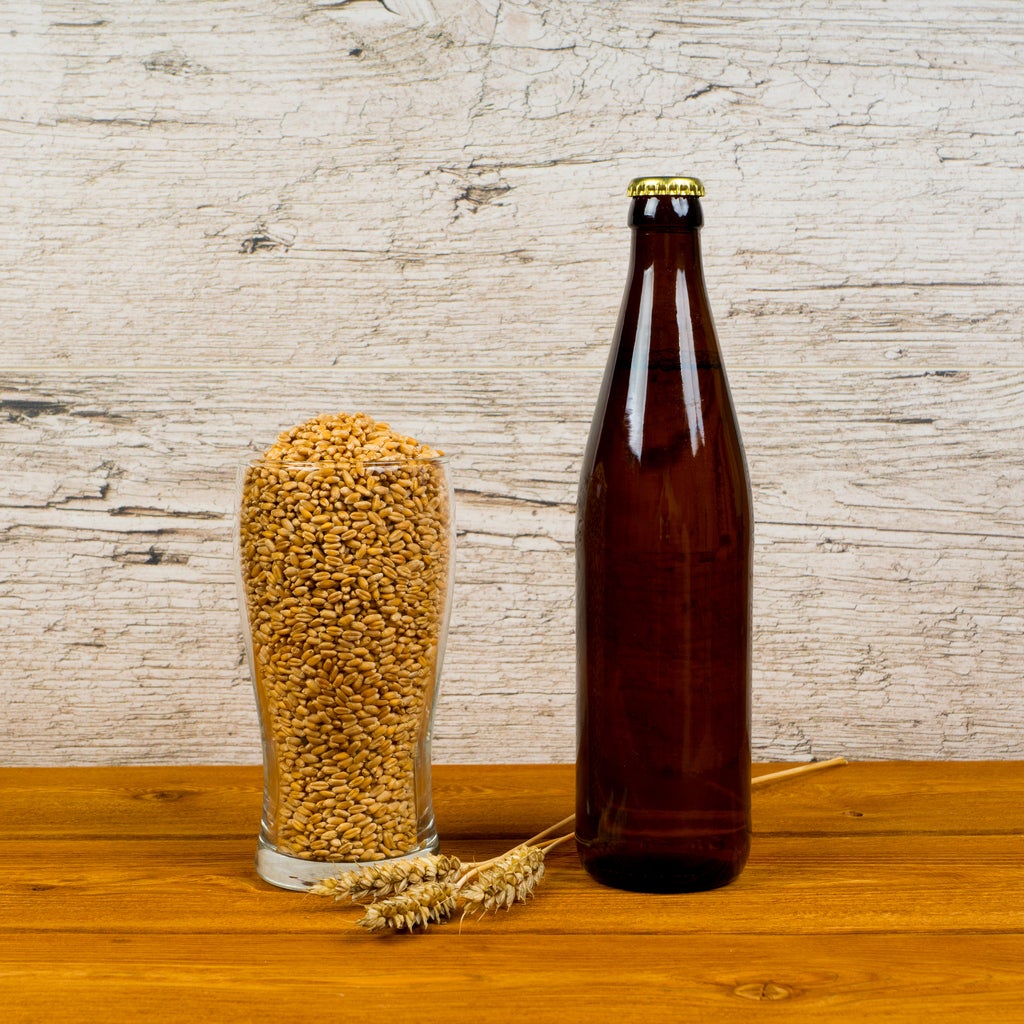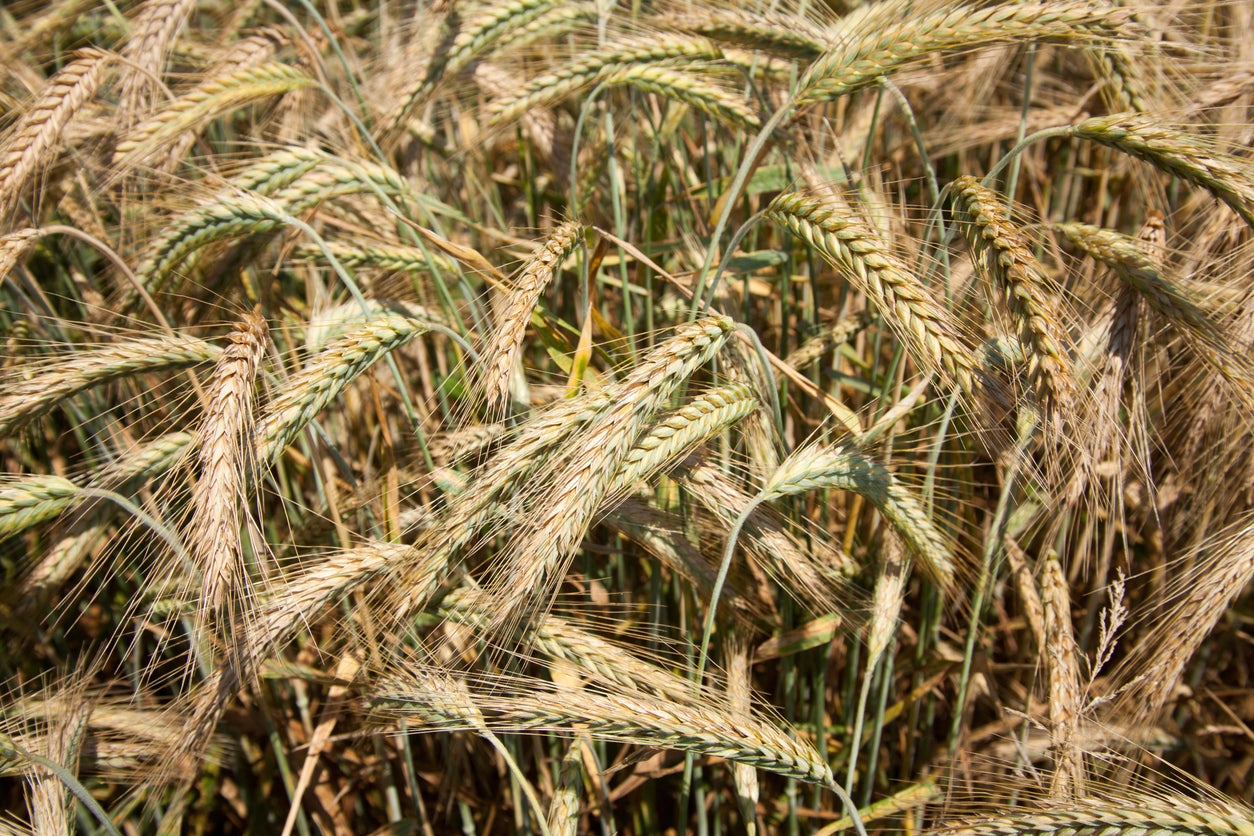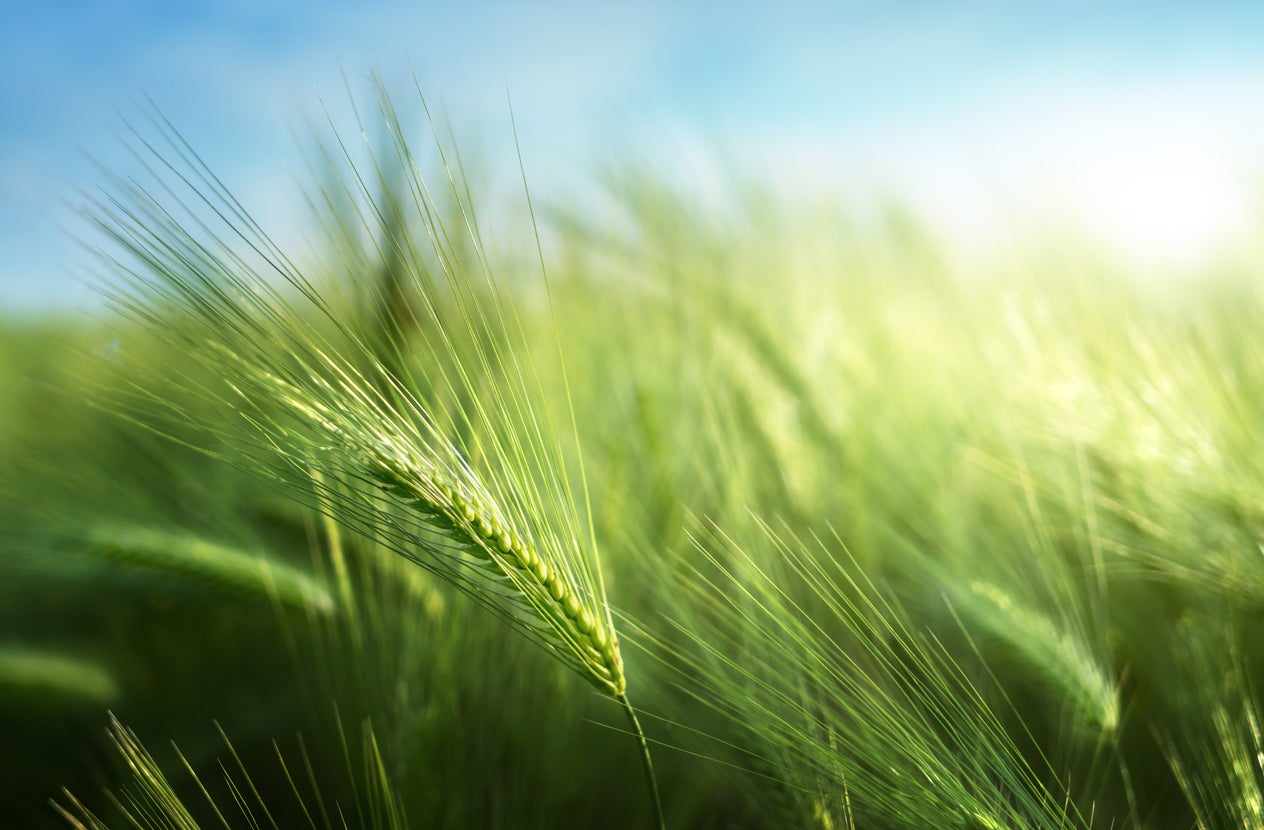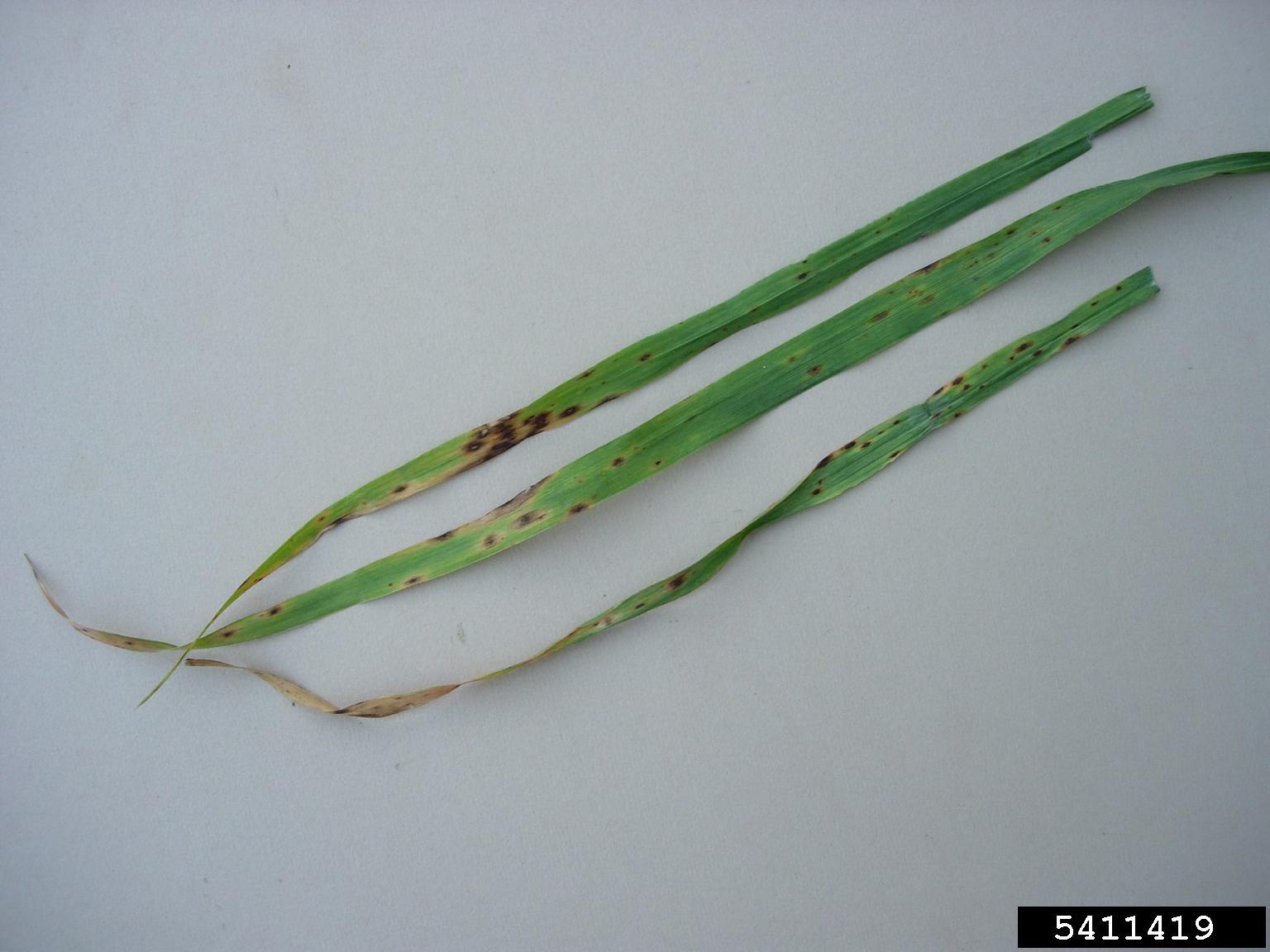What Is Barley Foot Rot: Treating Barley Foot Rot Disease

What is barley foot rot? Often known as eyespot, foot rot on barley is a fungal disease that affects barley and wheat in grain-growing regions around the world, especially in high rainfall areas. The fungus that causes barley foot rot lives in the soil, and the spores are spread by irrigation or splashing rain. Foot rot on barley doesn’t always kill the plants, but severe infections can reduce yield as much as 50 percent.
Symptoms of Barley with Foot Rot
Foot rot on barley is usually noticed in early spring, shortly after the plants emerge from winter dormancy. The first symptoms are generally yellowish brown, eye-shaped lesions on the crown of the plant, near the surface of the soil. Several lesions may appear on the stem, eventually joining to cover entire stems. The stems are weakened and may fall over, or they may die while still remaining upright. Spores may give the stems a charred appearance. Plants appear stunted and may mature early. Grain will likely be shriveled.
Barley Foot Rot Control
Plant disease-resistant varieties of wheat and barley. This is the most reliable and economical means of barley foot rot control. Crop rotation isn’t 100 percent effective, but it is an important means of barley foot rot control because it reduces buildup of pathogens in the soil. Even a small amount left behind can do considerable crop damage. Be careful not to fertilize excessively. While fertilizer doesn’t directly cause foot rot on barley, increased plant growth can favor the development of the fungus. Don’t depend on burning stubble for treating barley foot rot. It hasn’t proven to be an effective means of barley foot rot control. A foliar fungicide applied in spring may reduce damage caused by foot rot on barley, but the number of fungicides registered for use against barley foot rot is limited. Your local cooperative extension agent can advise you on use of fungicides in treating barley foot rot.
Gardening tips, videos, info and more delivered right to your inbox!
Sign up for the Gardening Know How newsletter today and receive a free copy of our e-book "How to Grow Delicious Tomatoes".

A Credentialed Garden Writer, Mary H. Dyer was with Gardening Know How in the very beginning, publishing articles as early as 2007.
-
 ‘Coral Charm’ Peony Care For Sublime Semi-Double Peonies With Lush Salmon Pink Flowers
‘Coral Charm’ Peony Care For Sublime Semi-Double Peonies With Lush Salmon Pink FlowersPeonies are known for their soft baby pink or magenta tones, but if plushy coral blooms are your thing, here’s our guide to the ultimate ‘Coral Charm’ peony care
By Tonya Barnett
-
 How To Grow Seeds Quickly: 8 Expert Tricks For Fast Flowers & Crops
How To Grow Seeds Quickly: 8 Expert Tricks For Fast Flowers & CropsIt's never too late to start growing! Jump-start your flower or vegetable garden with these pro tips and tricks for germinating seeds in record time.
By Amy Grant
-
 Growing Malted Barley – How To Grow Beer Barley At Home
Growing Malted Barley – How To Grow Beer Barley At HomeToday, there are many beer making kits available, but why not take it a step further by growing your own malted barley. Click on the following article to find out how to grow and harvest malted beer barley from your own backyard.
By Amy Grant
-
 Barley Harvest Tips – How And When To Harvest Barley
Barley Harvest Tips – How And When To Harvest BarleyYou can easily grow a few rows of barley in your backyard garden. The trick to getting a good crop is knowing how and when to harvest barley. Click here for information about how to harvest barley, including tips on the timing of a barley harvest.
By Teo Spengler
-
 Barley Grain Care Guide: Can You Grow Barley At Home
Barley Grain Care Guide: Can You Grow Barley At HomeCan you grow barley at home? You don't need acres of land to grow barley in the garden, but it may be hard to source small amounts of seed. Even if you are not a beer enthusiast, you can learn how to grow barley for bread, soups and stews. This article can get you started.
By Bonnie L. Grant
-
 Barley Tillering And Heading Information – Learn About Barley Heads And Tillers
Barley Tillering And Heading Information – Learn About Barley Heads And TillersIf you are thinking of growing barley in your home garden, you’ll need to learn about barley tillering and heading. What are barley tillers? What is a barley head? Click on the following article to learn the ins and outs of tillering and heading of barley plants.
By Teo Spengler
-
Barley Basal Glume Blotch – How To Treat Glume Rot On Barley Plants
Basal glume blotch is a disease that can affect cereal grains, including barley, and can cause serious damage to the plant and even kill young seedlings. Click the following article to learn more about recognizing and treating basal glume blotch of barley crops.
By Liz Baessler
-
 Barley Loose Smut Info: What Is Barley Loose Smut Disease
Barley Loose Smut Info: What Is Barley Loose Smut DiseaseBarley loose smut? It is a seed-borne illness that can occur anywhere barley is grown from untreated seed. The name comes from the loose seed heads produced that are covered in black spores. You don't want this in your field, so click here for more barley loose smut info.
By Bonnie L. Grant
-
 Spot Blotch Of Barley: How To Treat Barley With Spot Blotch Disease
Spot Blotch Of Barley: How To Treat Barley With Spot Blotch DiseaseBarley spot blotch disease can affect any part of the plant at any time. The disease can reduce yield and kill young plants. Click on the following article to learn about the steps to prevent and treat barley spot blotch.
By Bonnie L. Grant
-
 Barley Leaf Blotch Control: Treating Barley Speckled Leaf Blotch
Barley Leaf Blotch Control: Treating Barley Speckled Leaf BlotchBarley speckled leaf blotch is a fungal disease resulting in lower yields. While barley with leaf blotch is not a fatal condition, it opens the crop up to further infections that can decimate the field. Learn about preventing and treating leaf blotch in barley crops here.
By Amy Grant